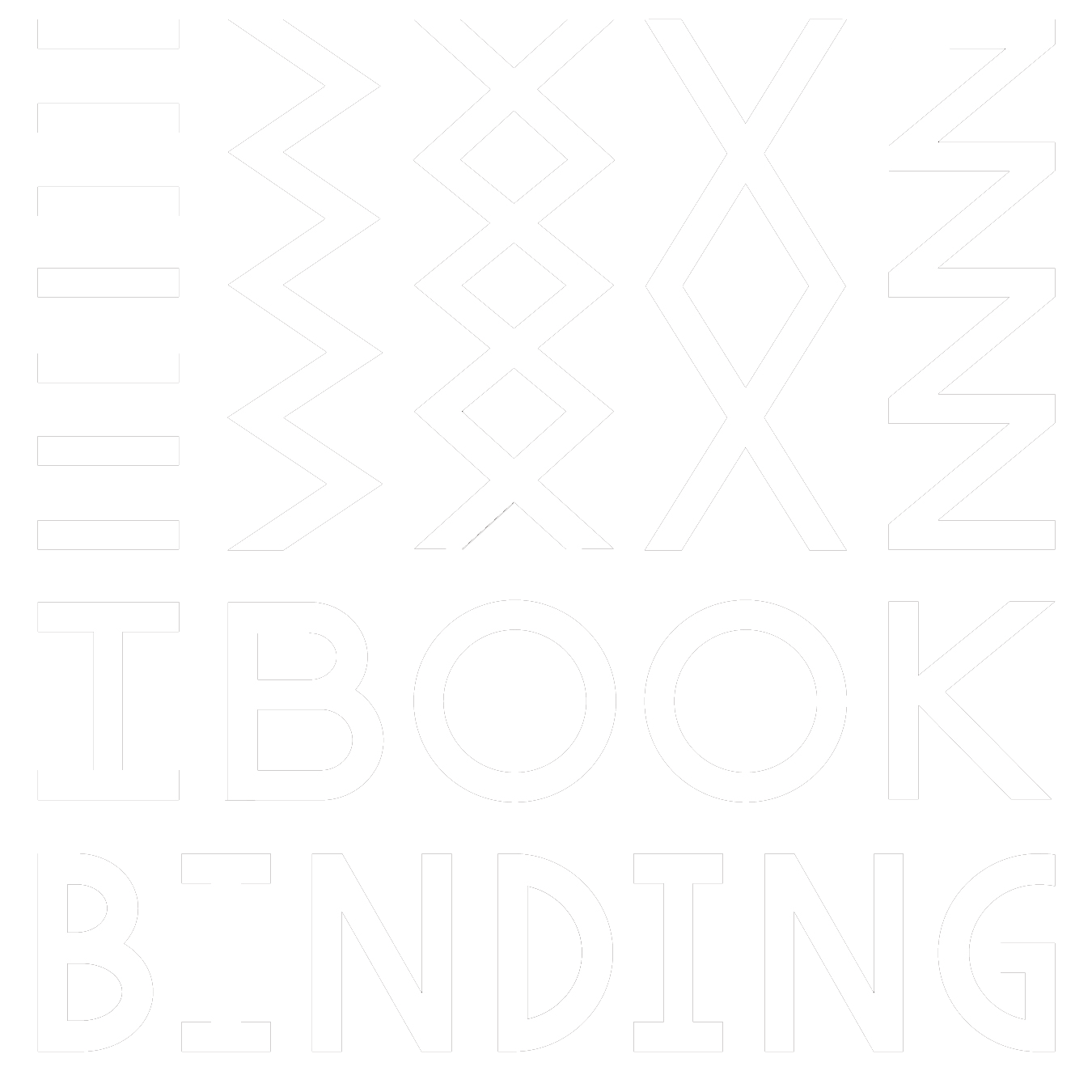What Makes a Book a Book? by TED-Ed
There are some historical discrepancies in the video, still I like the approach very much =)

There are some historical discrepancies in the video, still I like the approach very much =) Continue reading →
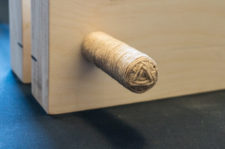
Looks like someone has a lot spare time and that someone is me. Yesterday I’ve spent an hour and a half wrapping handles of my newly made lying press with a rope. I know, I know, usually you can see something like wooden handles. But I don’t have a lathe in my workshop (yet). I had some old handles made with bare steel nuts and I thought: why don’t give that idea a chance? Continue reading →
![shakespeare_in_metro[1]](https://www.ibookbinding.com/wp-content/uploads/2016/05/shakespeare_in_metro1-580x326-225x126.png)
A new Shakespeare-themed train would be in service in the Moscow Underground for six month starting today. Joint project by the British Council and Moscow Metro have resulted in the eighteenth themed train and fourth literary-themed train to be in operation in the Russian capital at the moment. Continue reading →
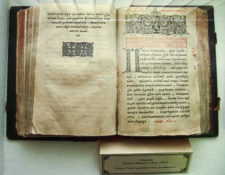
Rare book department of the National Library of Ukraine could’t account for their copy of ‘The Apostle’ — the oldest book printed in the modern borders of Ukraine. Continue reading →

“…If you’re detecting a light floral aroma, you’re probably smelling 2-ethyl hexanol, a kind of alcohol, that’s often used in solvents, but also in flavors and scents…” Continue reading →
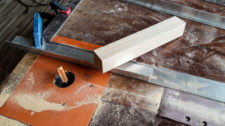
I’ve took my time before posting something new at iBookBinding.com. There are lots of topics I would like to cover, but April is traditionally a busy month for me and the first days of May I’ve spent organizing my small woodworking workshop. For a long time, I wanted to make different bookbinding tools and now it is becoming a reality. Continue reading →
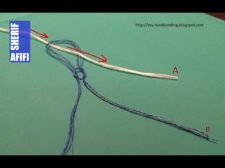
Every time I need to attach a new thread I have problems remembering how to tie a weaver’s knot. Eventually I decide a square knot will do. Continue reading →

Anthony Bourdain & The Balvenie head to San Francisco, California to meet with Andrew Hoyem, master typographer and printer of Arion Press. One of the last of its kind, Arion Press has only a handful of members on its staff, all fellow craftsmen dedicated to this age old process. Each works meticulously to create the books in multiple parts, from the typecasters, to the proofreaders, to the printers and the bookbinders. All of these hands build a work of art through a process that must be seen to be believed, and can only, truly, be described as magic. Continue reading →

Hydraulic Press Channel is trying to figure if it is possible to fold a sheet of paper 7 times. I didn’t expect what happened in the end =) Continue reading →
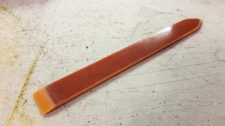
Several weeks ago I have ordered 3 mm thick 20×20 cm (77⁄8” x 77⁄8“) Bakelite sheet from China (you can easily find them at Amazon.com, eBay or AliExpress) to experiment a little with Bakelite folders. I almost always use bone folders and make wooden or laminate wood folders for my students (cheap and fast, you know). Continue reading →

I’m preparing for a new workshop now and need to find some early examples of use of codices by the Jewish community. Look like the oldest surviving examples are from the Cairo Genizah. I understand there are some mentions of earlier (not surviving) codices. Am I right? Continue reading →
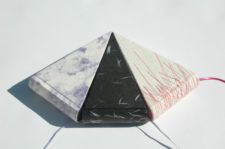
There is some real math behind the rectangular sheets of paper. At least if you work with ISO paper sizes. Measurements of the widespread A4 are derived from the size of A0 – it has an area of exactly 1 m2. For the B series every next size is also half as large (or twice as large – depending on the direction you choose to go) as the previous. B0 is defined by the length of its larger side – it is exactly 1 meter long. Both of them have the same aspect ratio: square root of 2. Continue reading →

Even if you make only simple bindings it is always worth spending some time on cover design. Check these two TED lectures by an American graphic designer Chip Kidd. Continue reading →
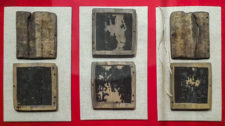
Summer of the year 2000 was a celebratory time for Russian archaeologists. On the 13 of July a new finding was made at the never-ceasing dig location in one of the oldest Russian cities of Novgorod. Three waxed wooden plates (19×15×1 cm) with remnants of text later appeared to be parts of the oldest known Russian book. Continue reading →
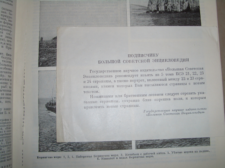
Soviet era is known for its many bizarre instances of censorship. Vanishing of the commissars may be the most famous, and you can find more in the Wikipedia. However, that’s all about photographs, and I’d like to share with you a bookbinding-related story. Continue reading →
